Sigatoka Sand Dunes
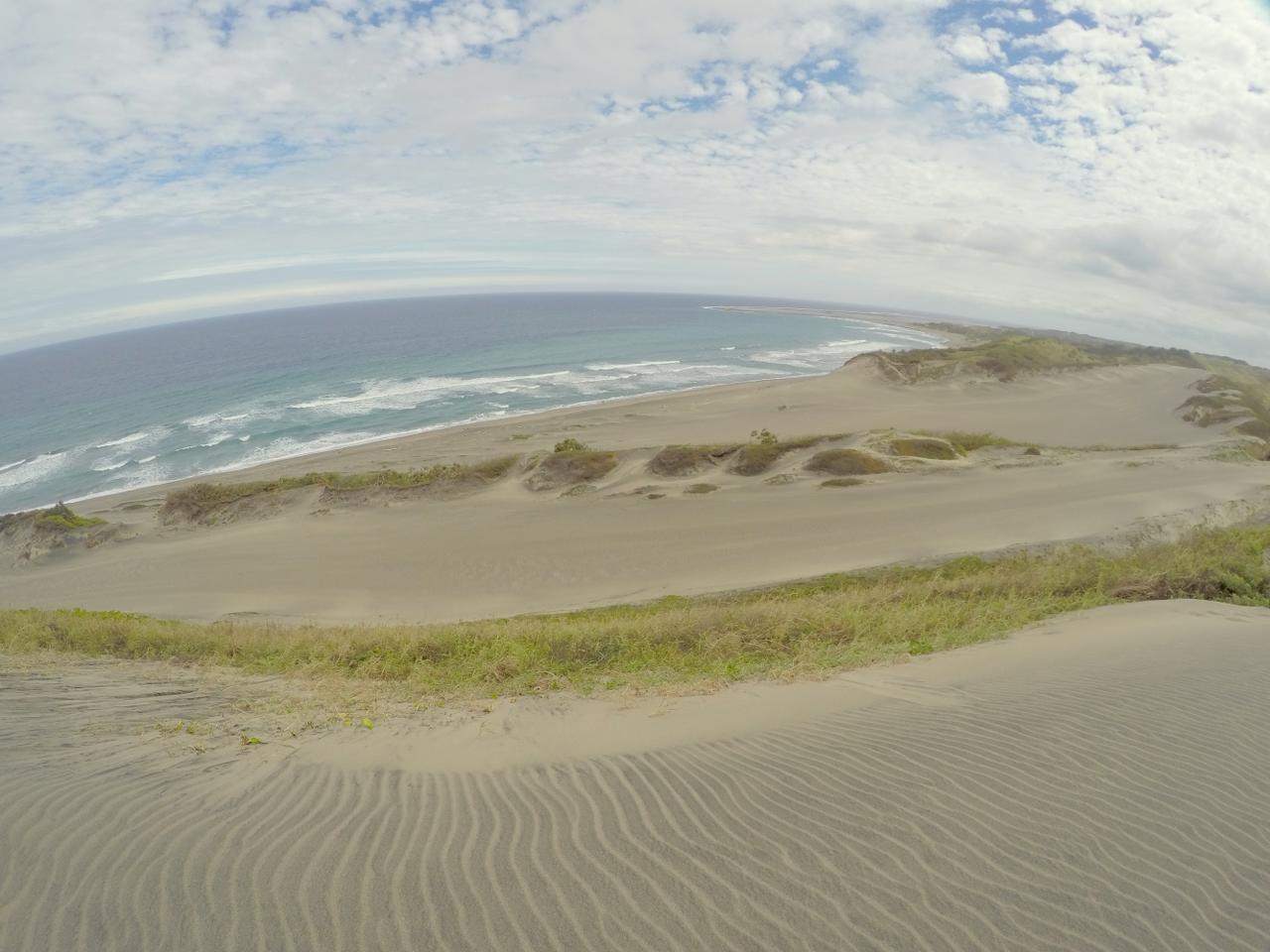 Sigatoka Sand Dunes
Sigatoka Sand DunesJust before you reach the town of Sigatoka (travelling from Nadi) you will go past the entrance to the Sigatoka Sand Dunes. Keep an eye out for the sign, which is prominently displayed on the roadside. They were building a new concrete fence the day we were there, the new info centre, toilets and a Gallery buildings have just been completed. Getting to the sand dunes is not a big deal. We caught an express bus from Nadi to Sigatoka town for $6 each, the whole trip took one hour. Then you have to get a local bus back to the sand dunes $1 each. If you catch a min bus from Nadi they will drop you off at the sand Dunes for $7 each.
Getting home the express bus will not pick you up so you will have to catch the local bus back to Sigatoka, but you might have to wait at least an hour. Your next option is wait for a mini bus to get back to Nadi. DO not go on Sunday if busing it, you might have to walk all the way back to Nadi. Just be aware that you need a reasonable level of fitness to walk the tracks. You can purchase cold drinks (but not food or tea/coffee), give them time and there might be a cafe.
If you want to get the most out of your visit, you really need to do one or more of the walks around the dunes. Call into the Information center and sign in, just in case you get lost and pay your $10 each. They will give you a good plastic covered map to take with you and a good run down of the walk way. The best place to start from is to the left of the info center. The complete walk will take you two hours without stopping. We were lucky to strike a cloudy, windy day to keep us cool. There is a short climb through the trees and brush. But it's worth it: when you get to the top and out into the open, you're rewarded with a magnificent view of the coast, dunes and forest lands.
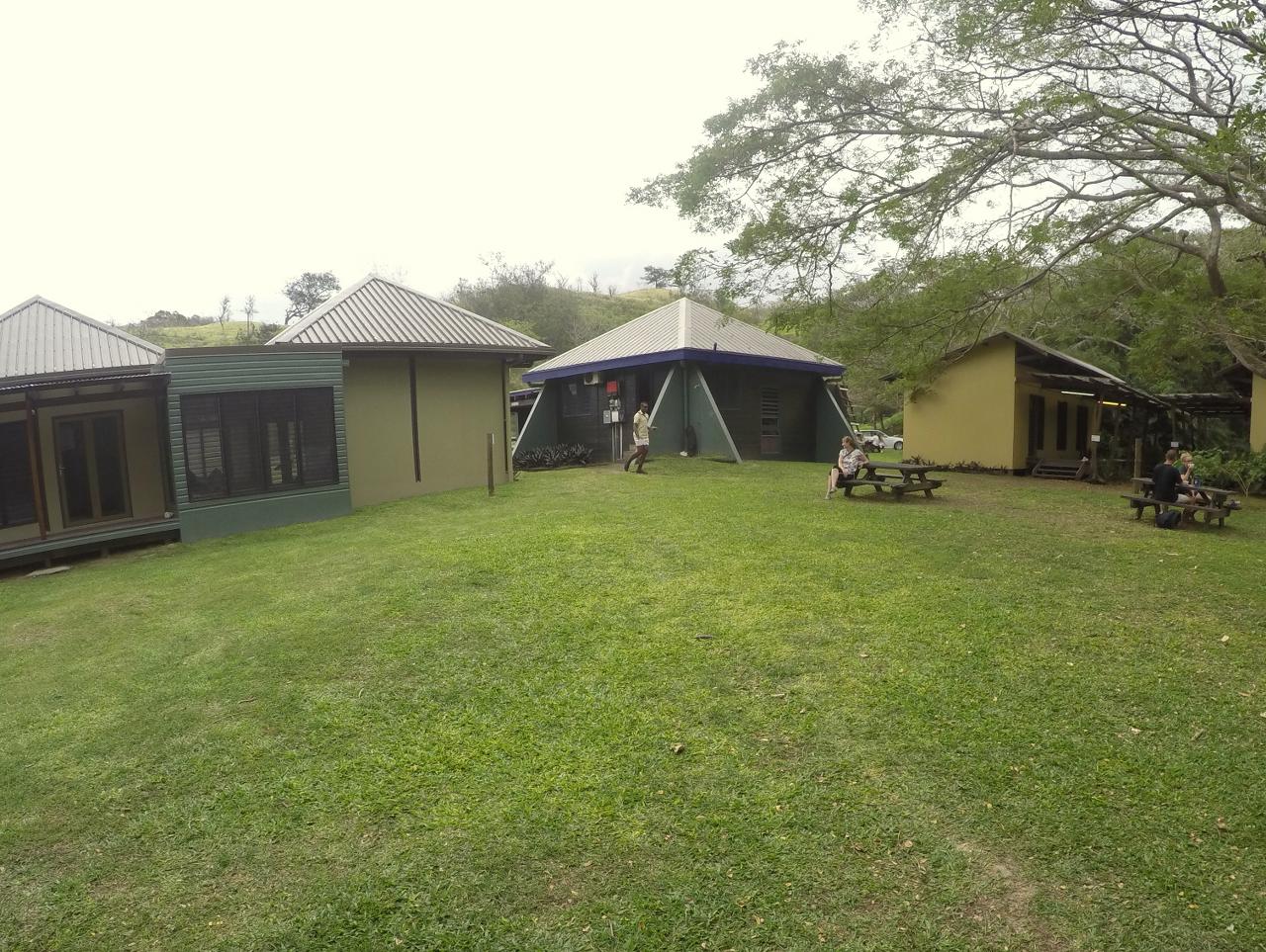 New buildings
New buildings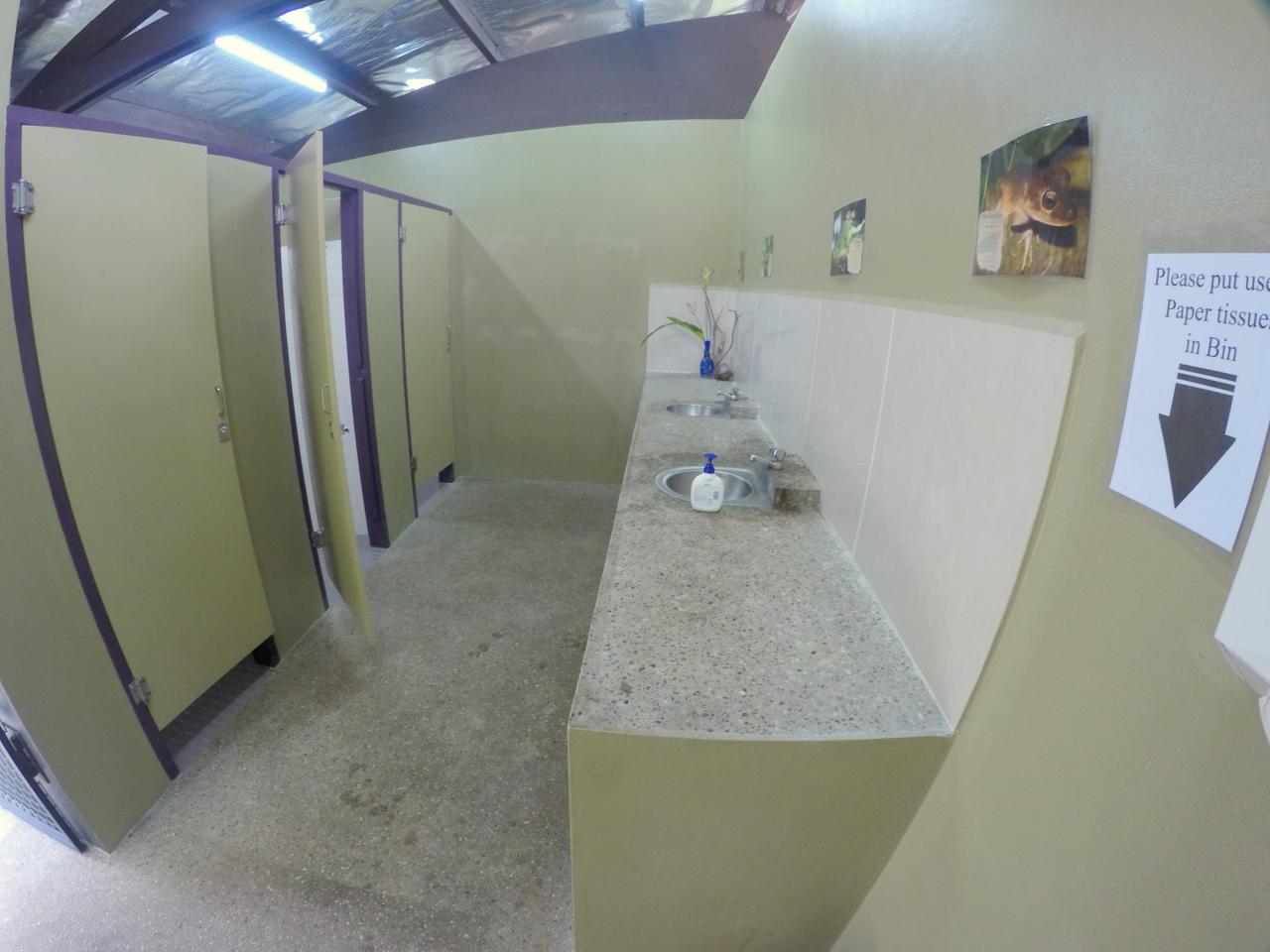 Extremely Clean Toilets
Extremely Clean ToiletsThe History Under the Sand Dunes
Looking at the dunes, it's pretty hard to guess that there is over 2000 years of history buried beneath the sand. Excavations started back in the 1960s, and even now, there are new artifacts being found on a regular basis. Who knows... during your walks on the dunes you just might come across something that has been recently exposed by shifting sands. But it's not just the history that makes the sand dunes a great place to visit, it's the flora and fauna. Only a few minutes walk from the start of the track, I came across what I think was a golden orb spider (known locally as a banana spider)
These Sand Dunes was declared Fiji's first national park in 1989. The rugged 650-hectare area has wind blown sand dunes 5km long, up to 1km wide, around 20m high with the highest point at 60 metres. Forming for millions of years, to stop the progression, mahogany trees were planted to preserve the main road.
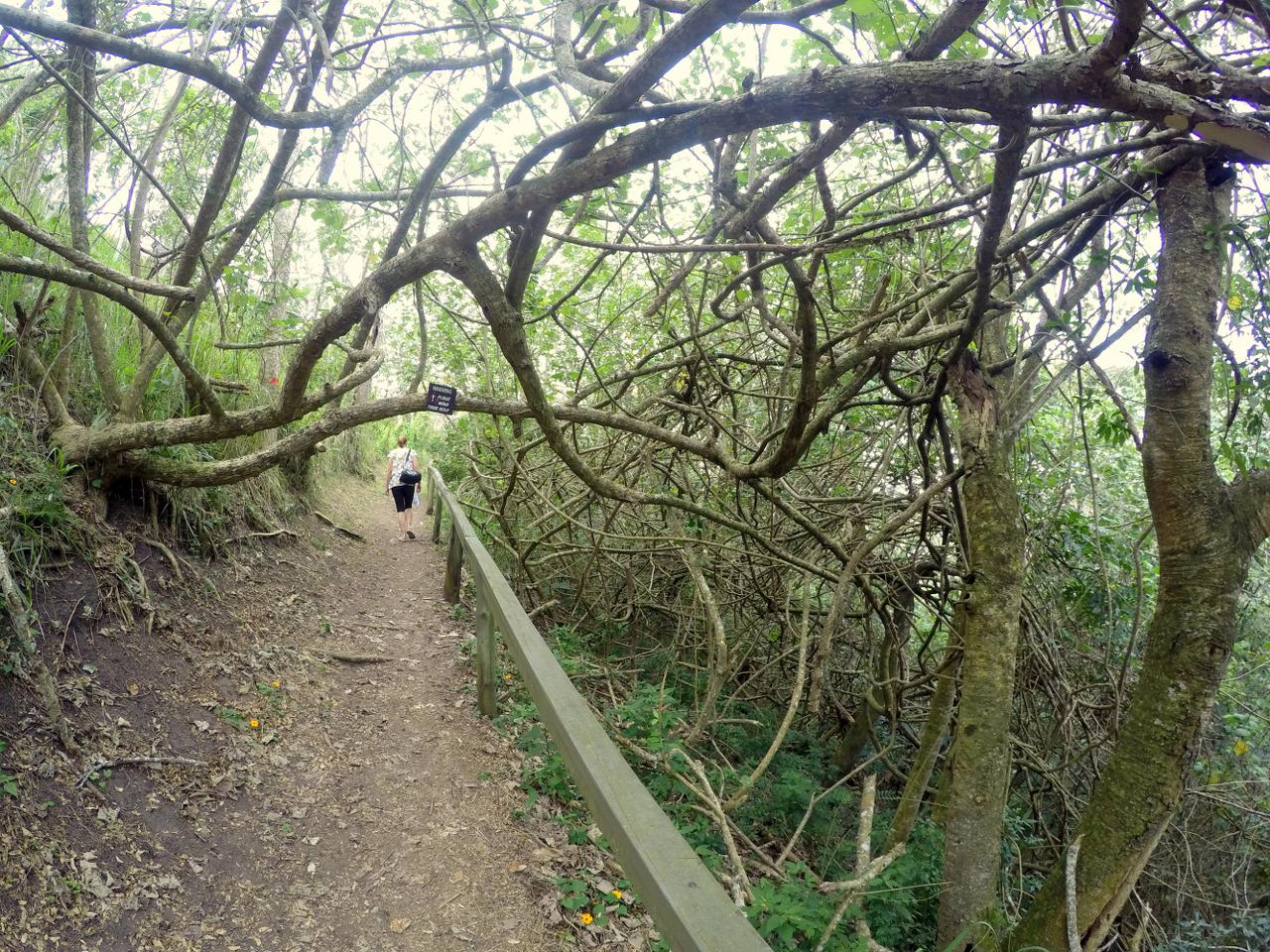 five minutes into the walk
five minutes into the walk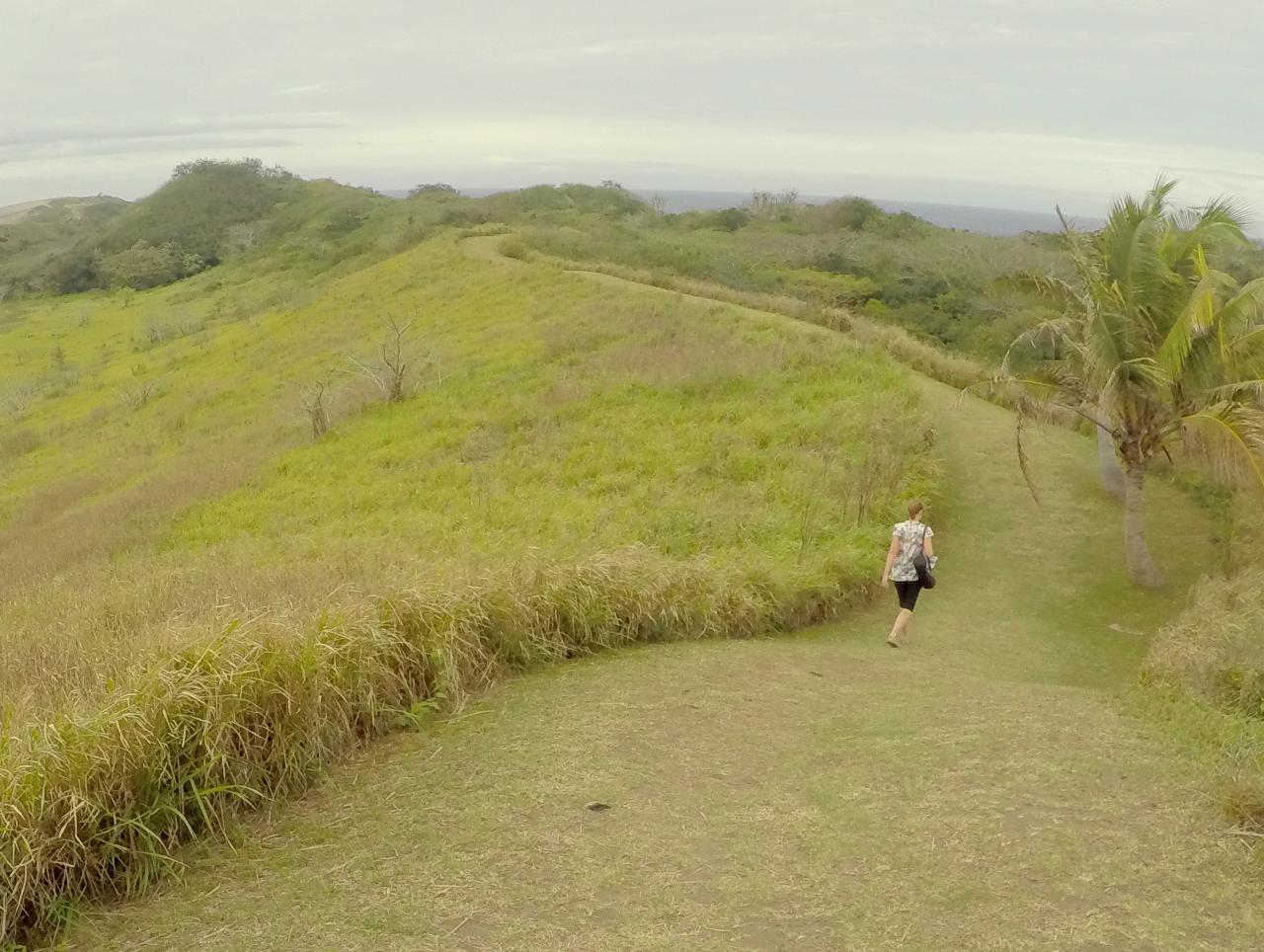 Heading for the Sand Dunes
Heading for the Sand DunesYou can ask for a guide to walk with you, he will know the sand dunes back to front and you will learn more. We took our lunch with us and headed off at 12:30H. The walk along the top was OK but not that interesting until we reached the look out. Again we were lucky to have a cloudy day, it would have been a hot walk otherwise. Just before the short climb up onto the sand dunes we could look down into a village and watch people milling around doing their washing and attending to gardens. The climb up to the top of the sand dune was easy but there was no way you could stop your shoes from filling up with sand so we took our shoes off and walked on the warm sand. Not possible on a normal hot day.
There are 2 different walks plus a smaller walk out to the bird viewing. The longer 2 hour walk is far more rewarding and will take you right to the big sand dunes. You'll see more of the beach too. The smaller 1 hour walk is pleasant but you don't get to see the dunes up close. Or you can do a much shorter 15min there and back to the beach if you're pushed for time.
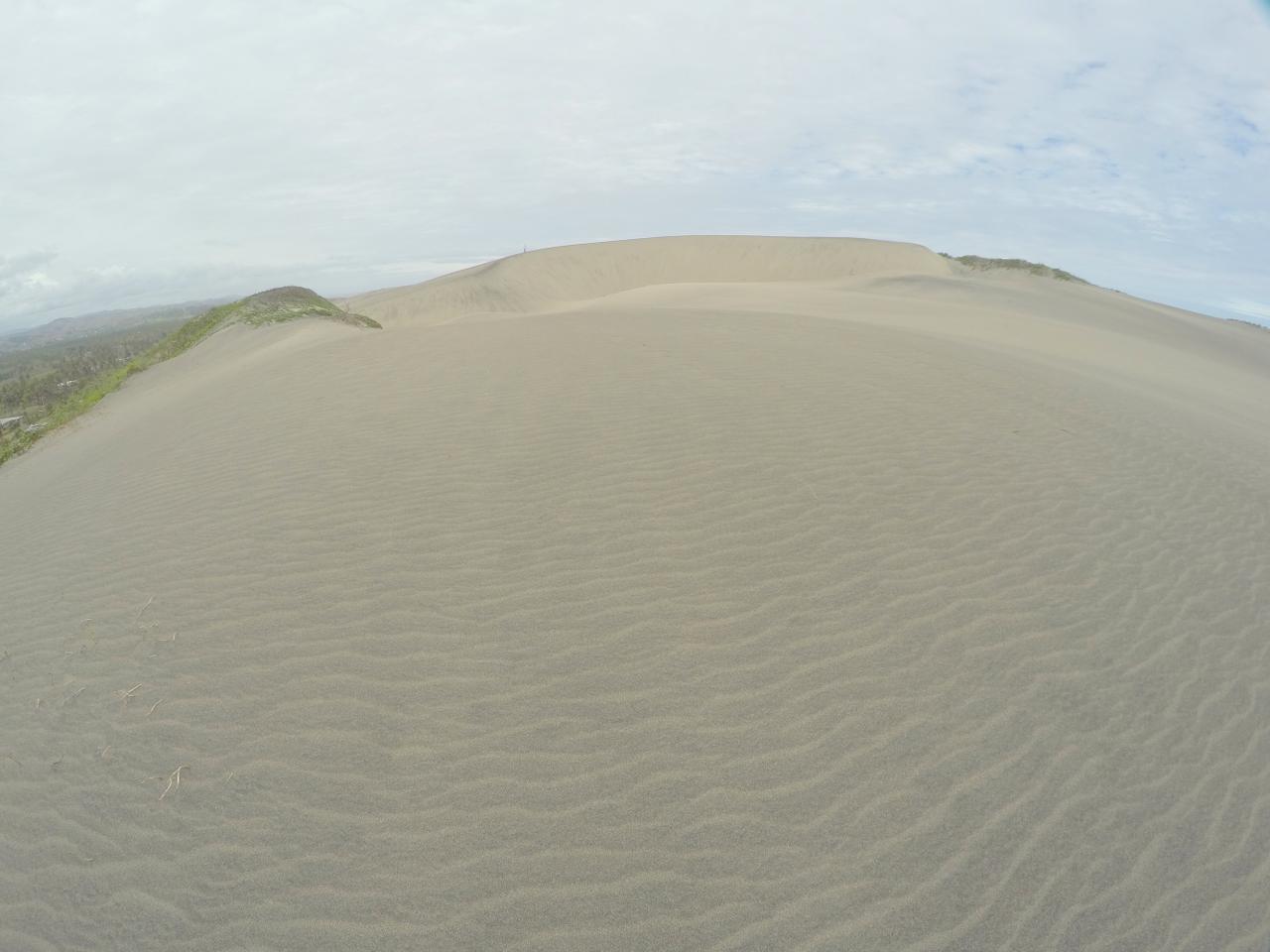 On the top
On the top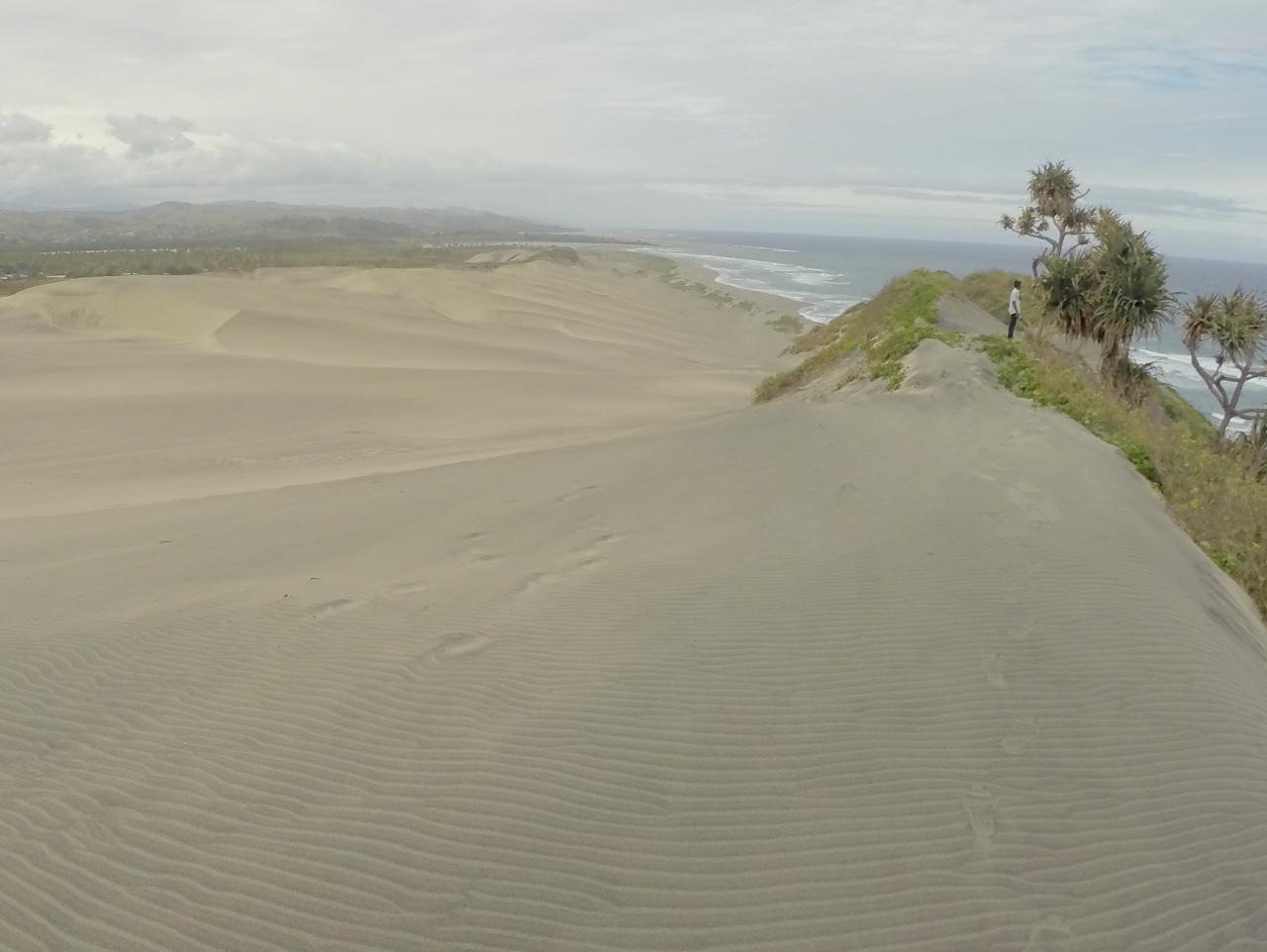 Heading down to the beach
Heading down to the beachAs you can see in the first photo there is a great view from the top. We walked to the left and followed the gully back down to the beach where we stopped for lunch. That took us forty five minutes from the information center. The walk back was easy, you just walk down the beach till you see two signs, one is no jumping off the sand hills and the last sign is your walk back to the information center. The first 200m on sand then the rest of the walk is on grass and is the most interesting part of the walk.
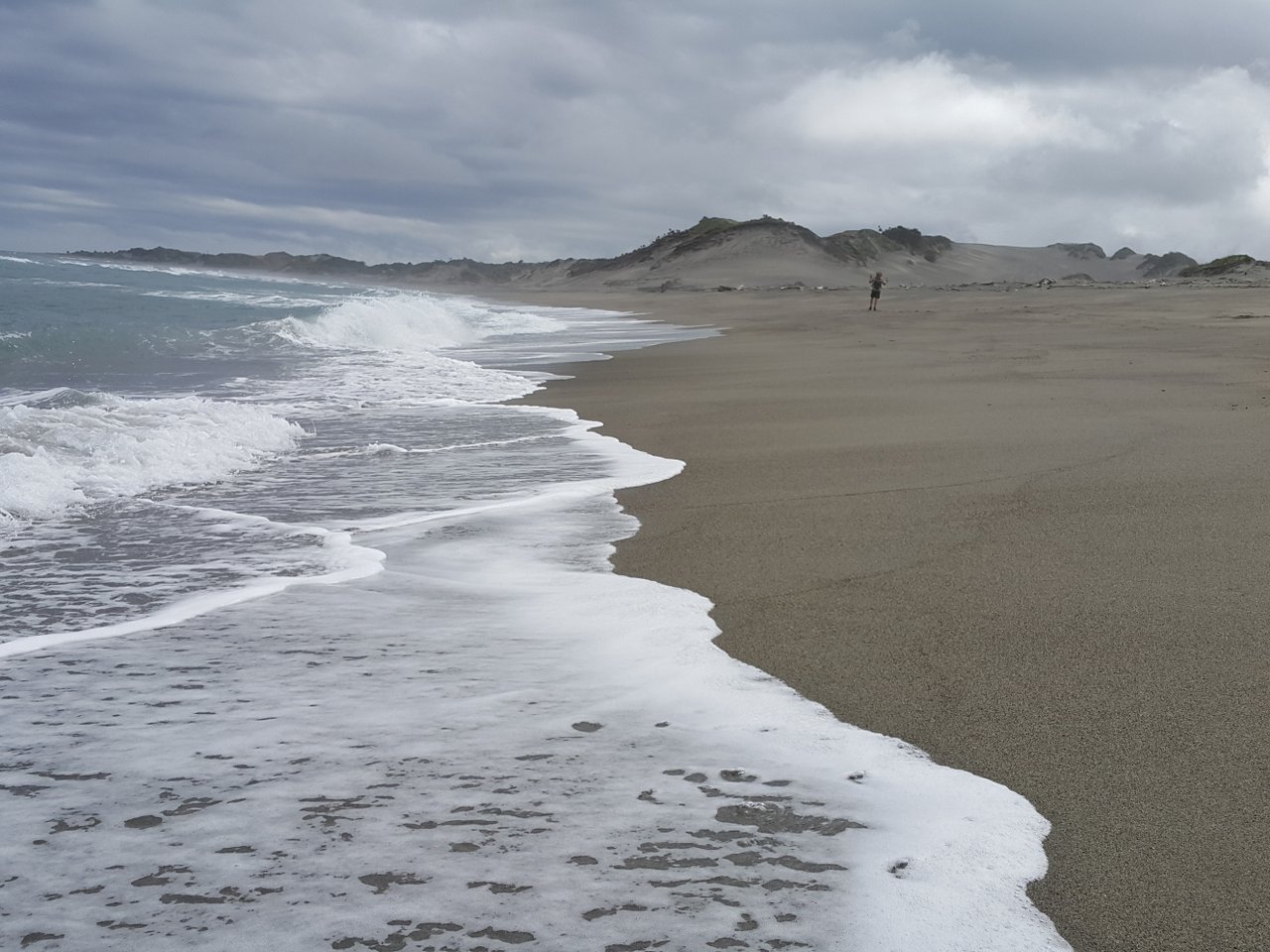
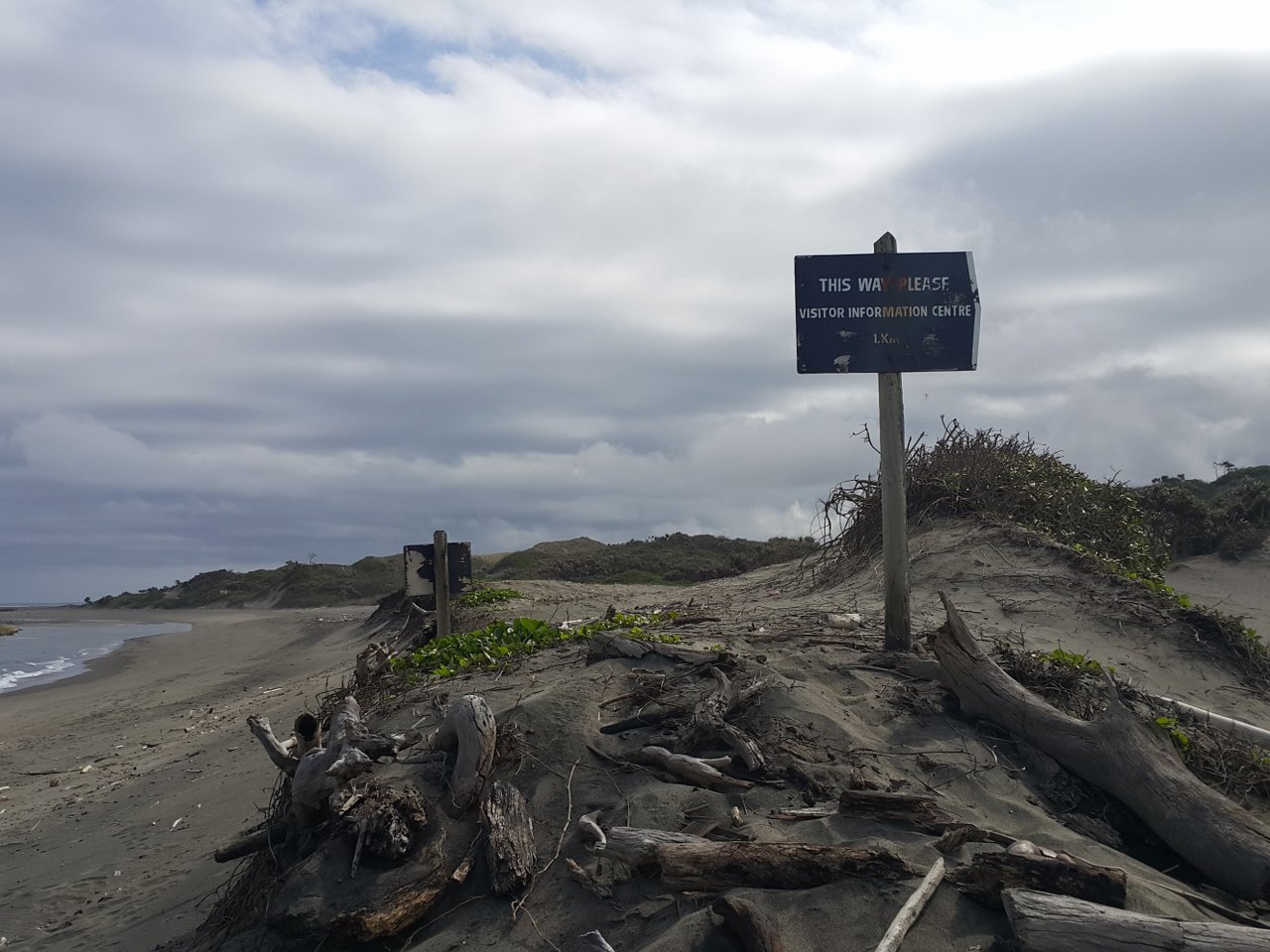
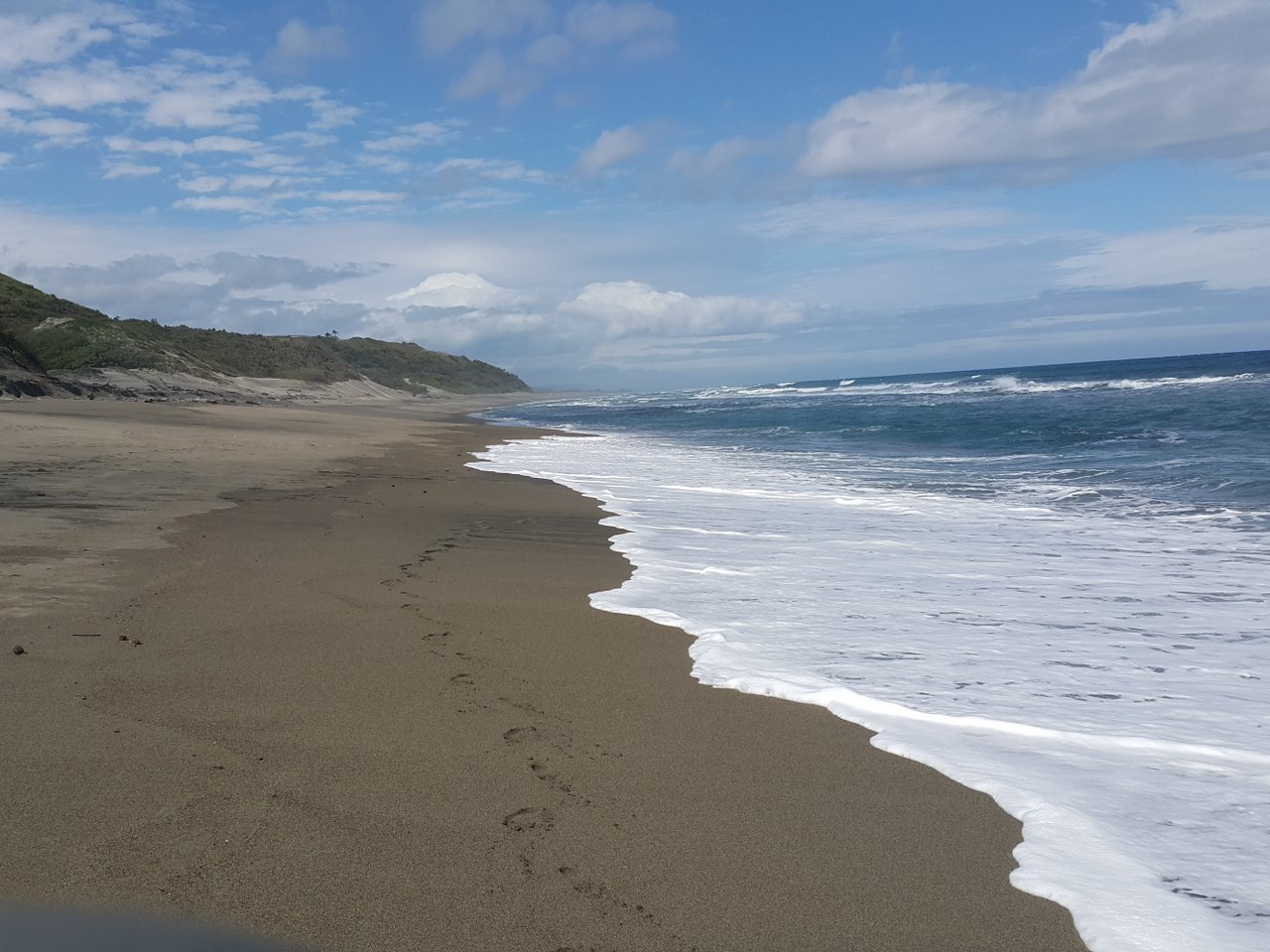
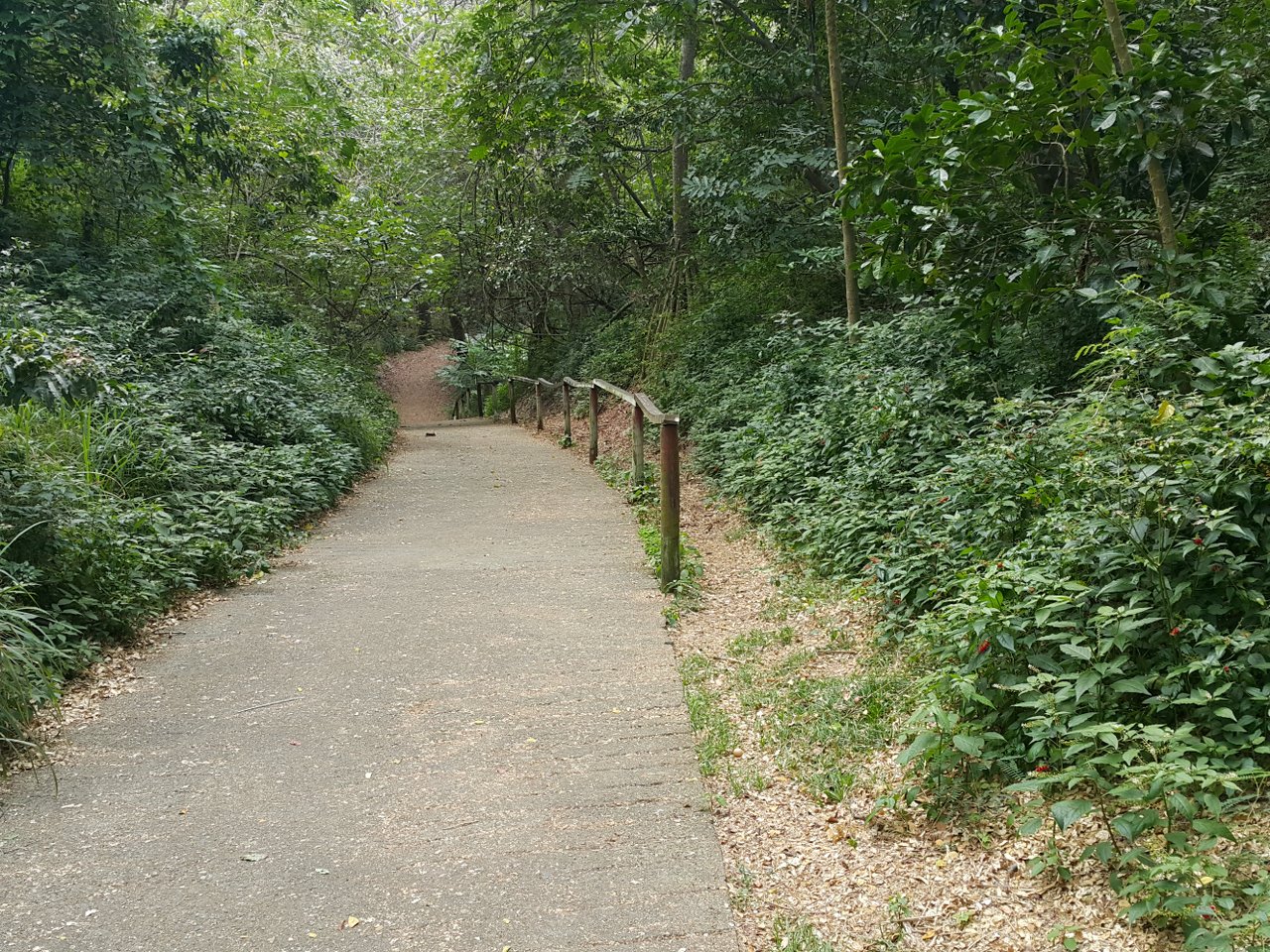
Information
- Name: Sigatoka Sand Dunes National Park
- Location: Queens Rd, 4 kilometres south-west of Sigatoka, on the main island of Viti Levu (Sigatoka is 60 kilometres from Nadi)
- Cost: adult-$10 / child-$3 (under 6 free) / family-$20 (prices may have risen)
- Phone: 652 0243 (Sigatoka Sand Dunes visitor's centre)
- Open: 8a.m.-4:30p.m.
- Bring: It can get very hot so water is essential, good shoes, hat, sunscreen, and camera. Covered shoes would be best as the sand can get quite hot.
- Best time of the year May to Oct or a cloudy day and in the morning
- Car - on Queens Rd, 4½ kilometres south-west of Sigatoka
- Taxi - is a FJ$10 ride from Sigatoka/$100 from Nadi/up to $120 from Coral Coast depending where along you are staying
- Bus - most buses from Nadi to Sigatoka can drop you off right in front of the entrance, fare is $5 and takes around 1-1½ hours. Or catch the express for $6 only takes 1 hour then 10mins on local bus for $1.
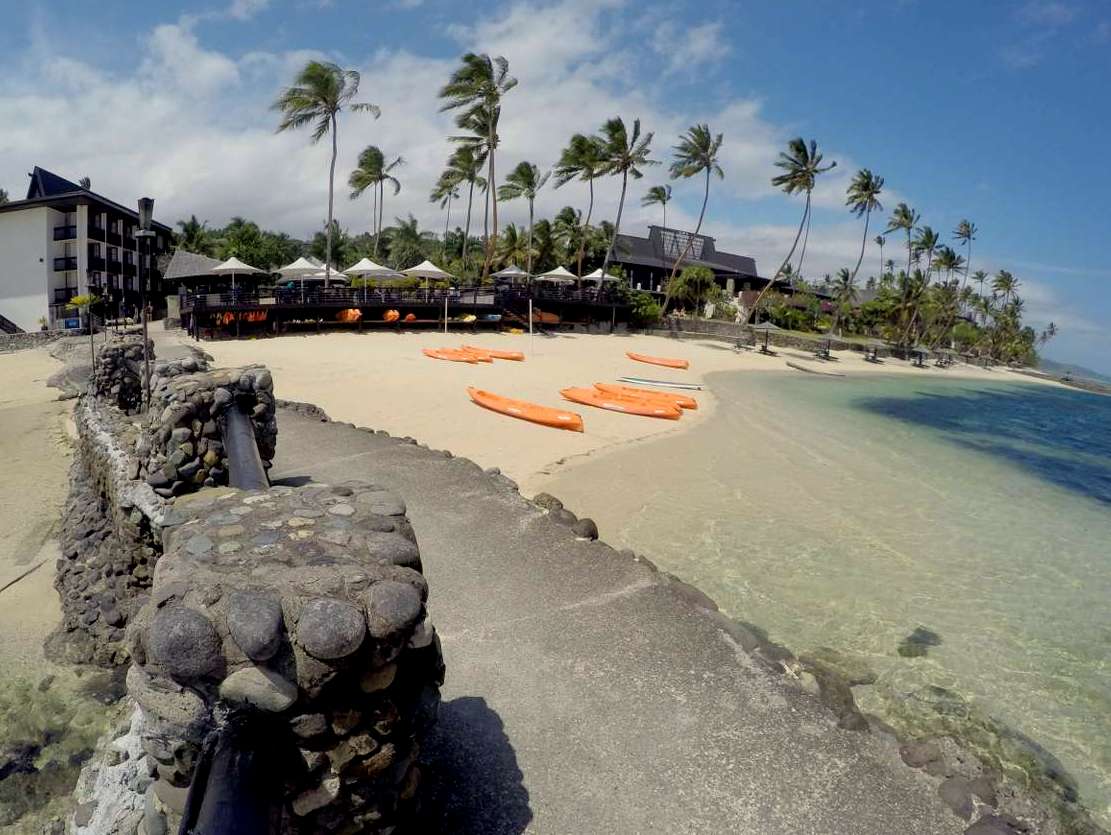
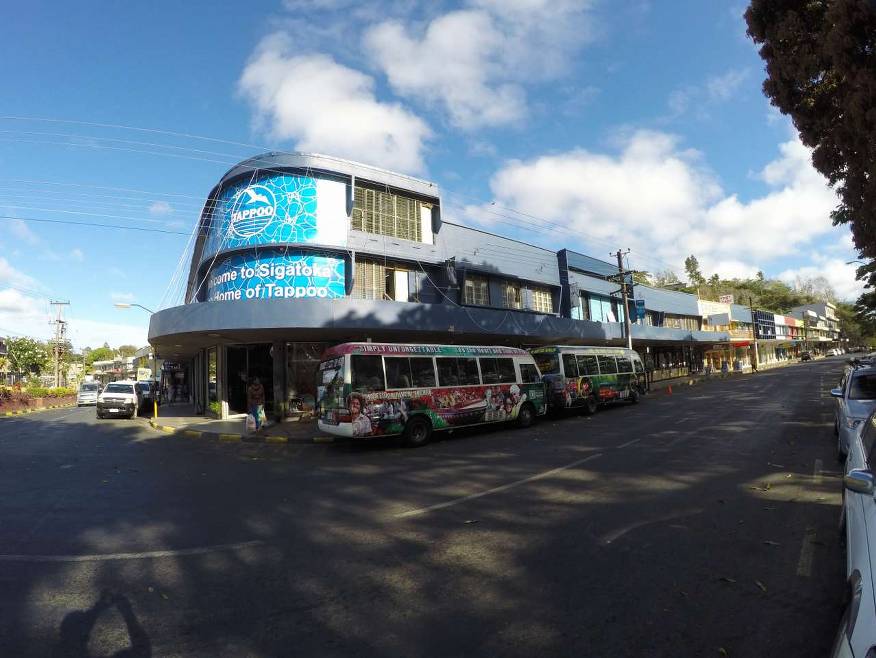
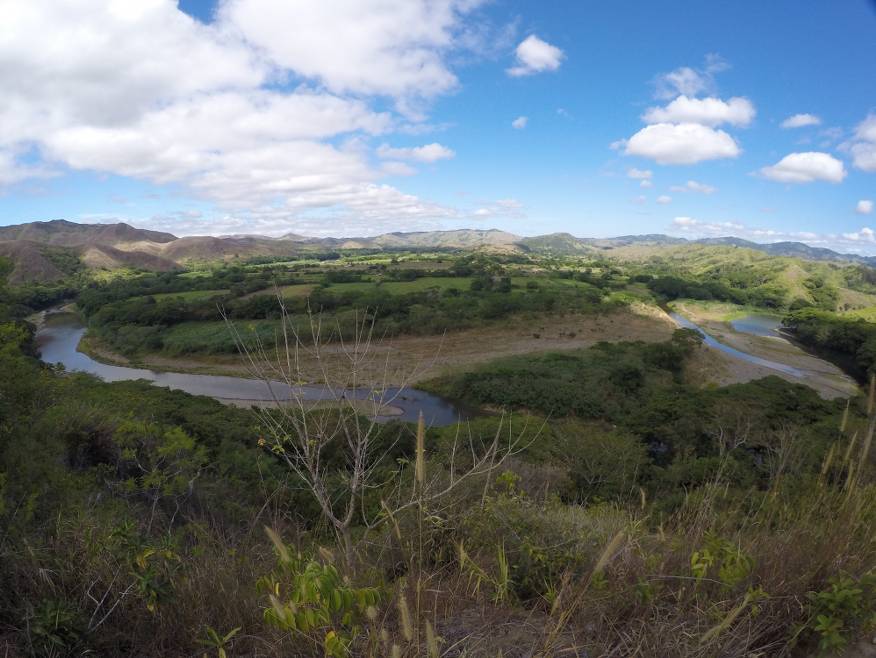
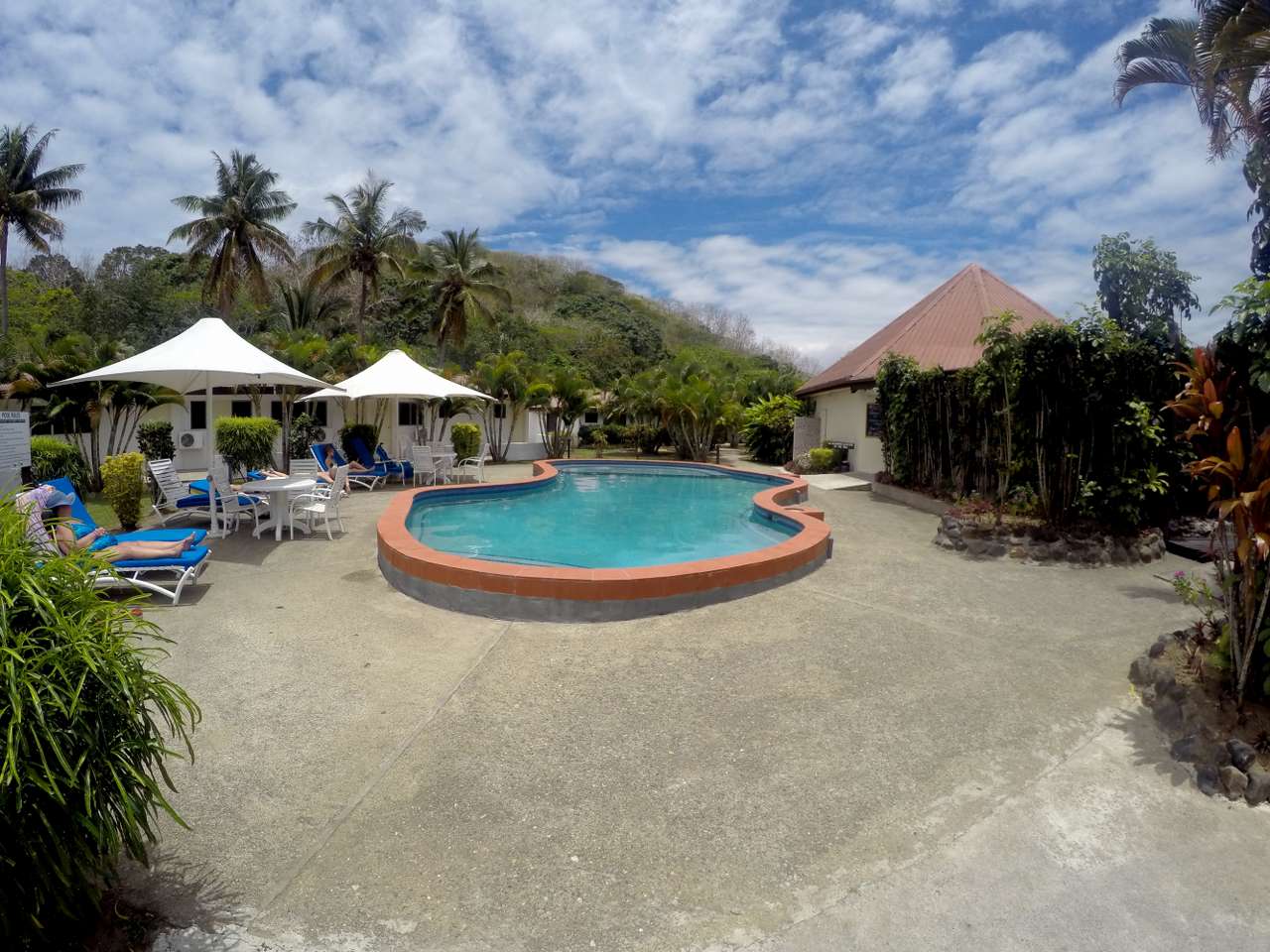
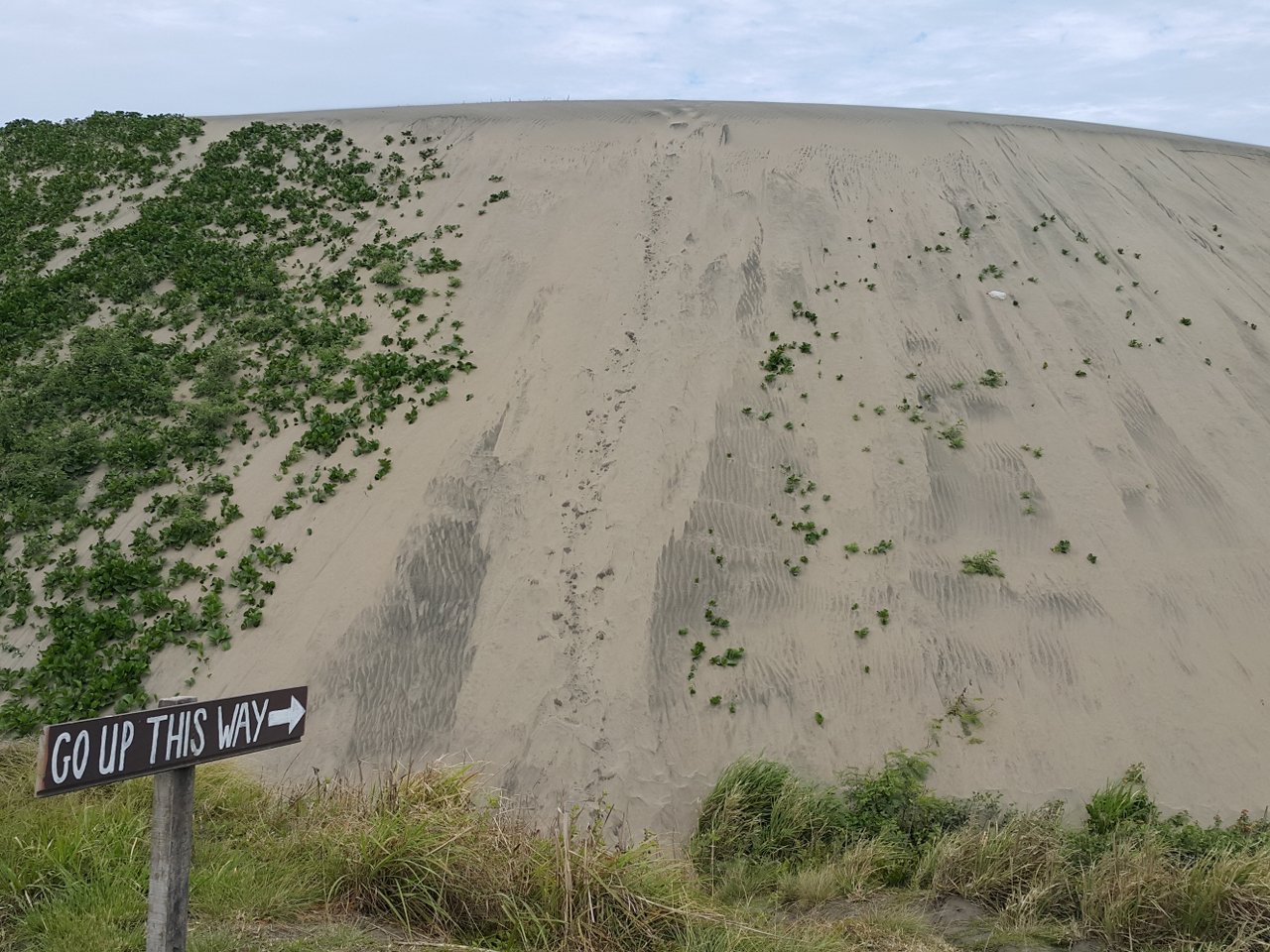
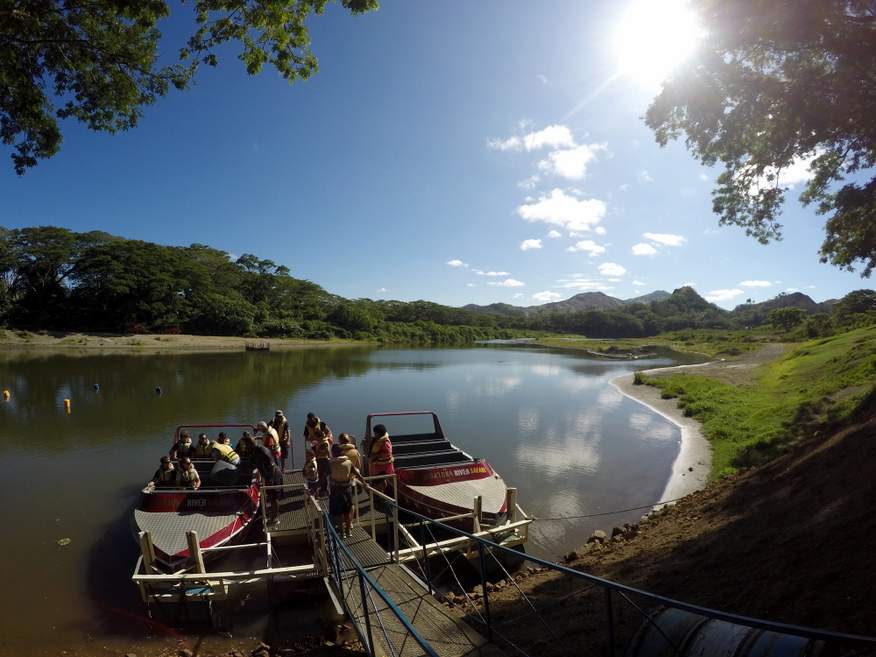
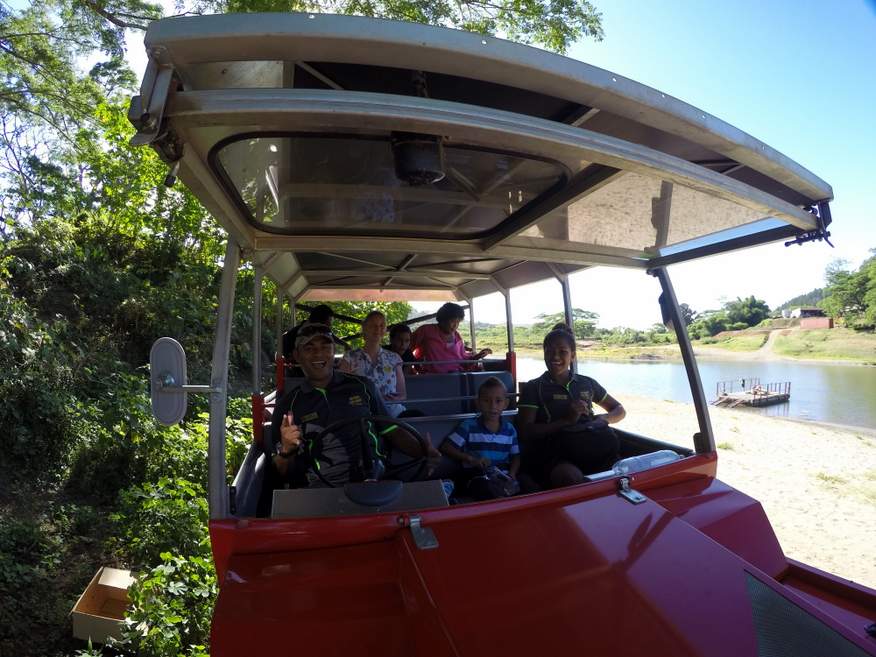
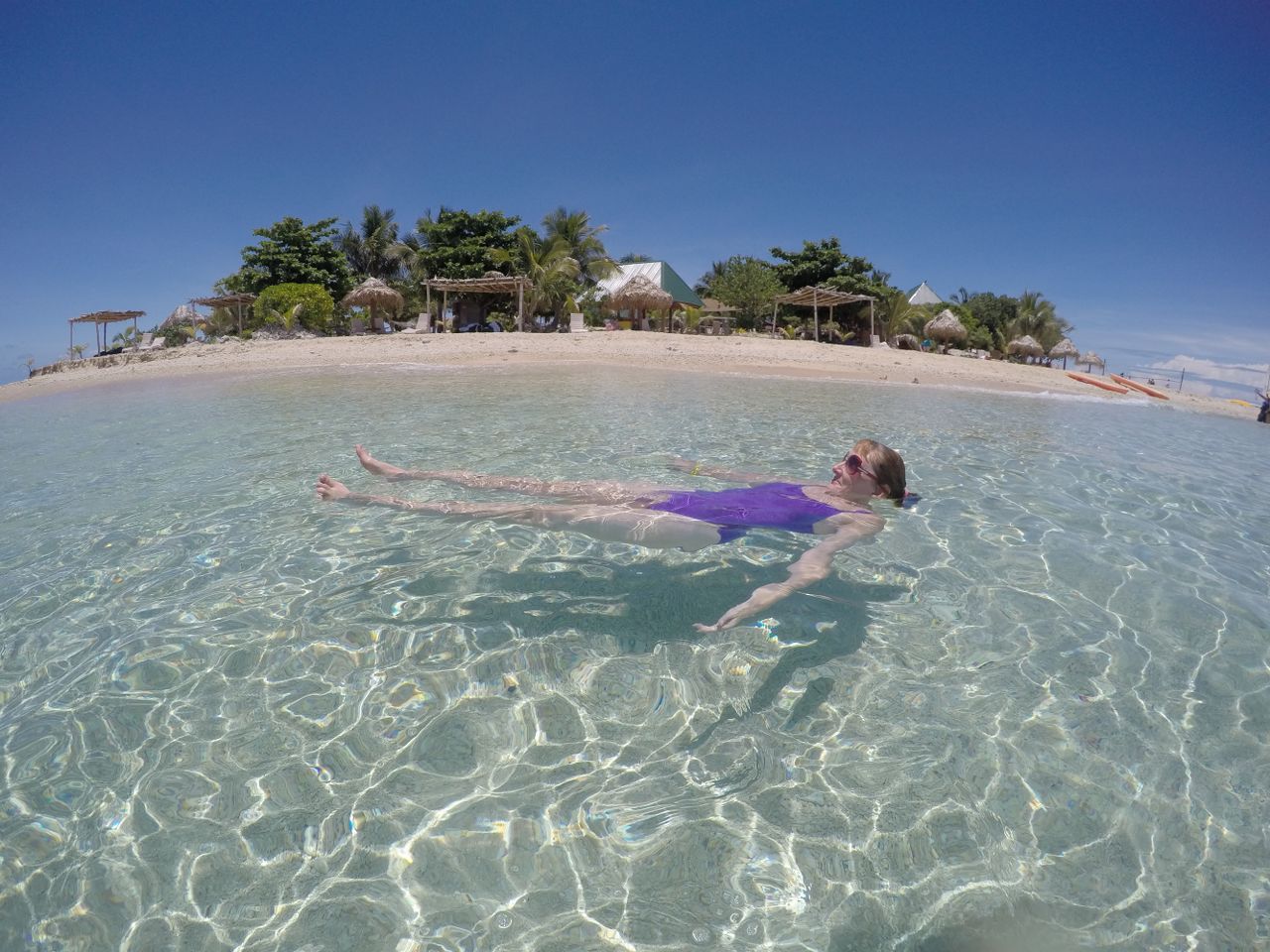
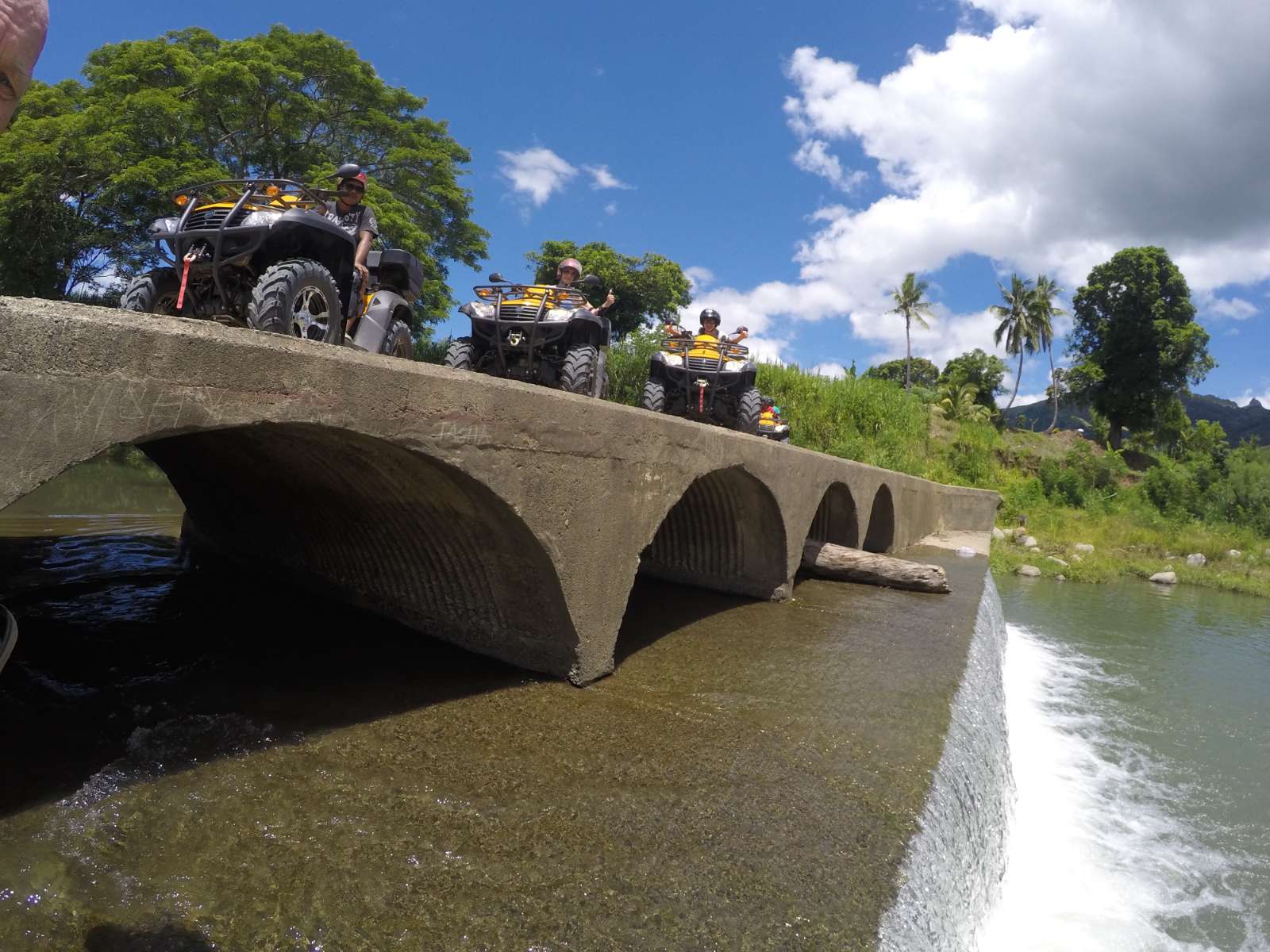


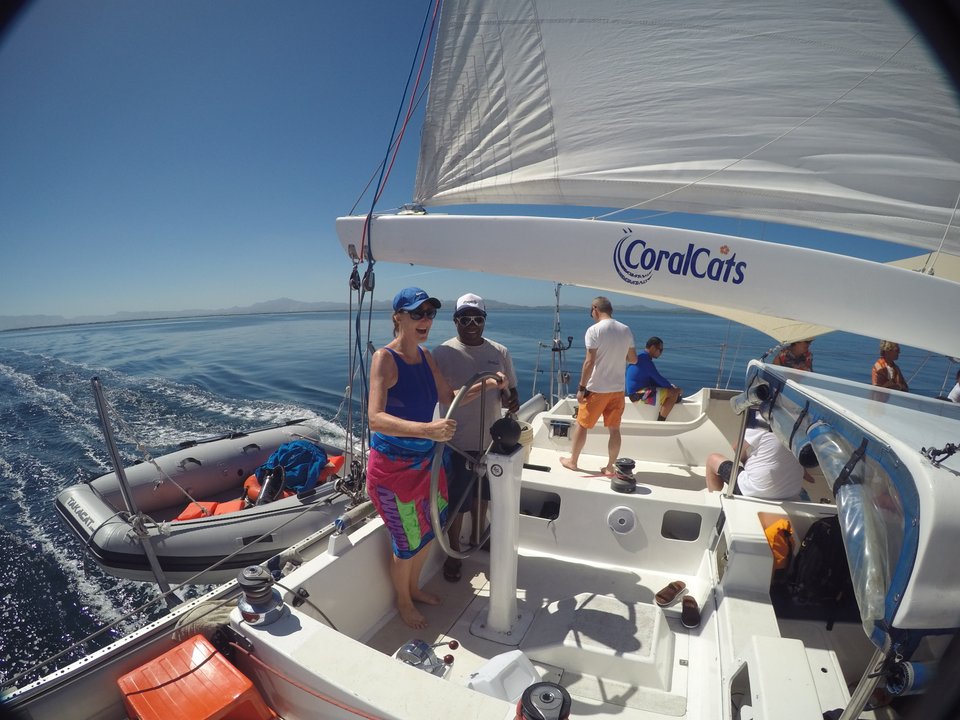
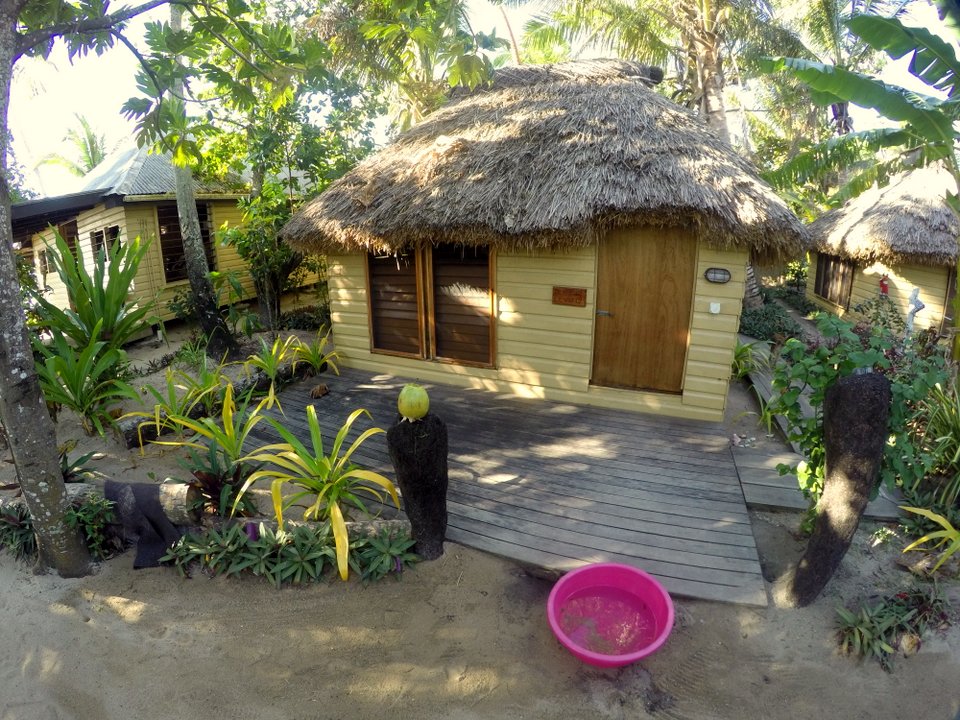
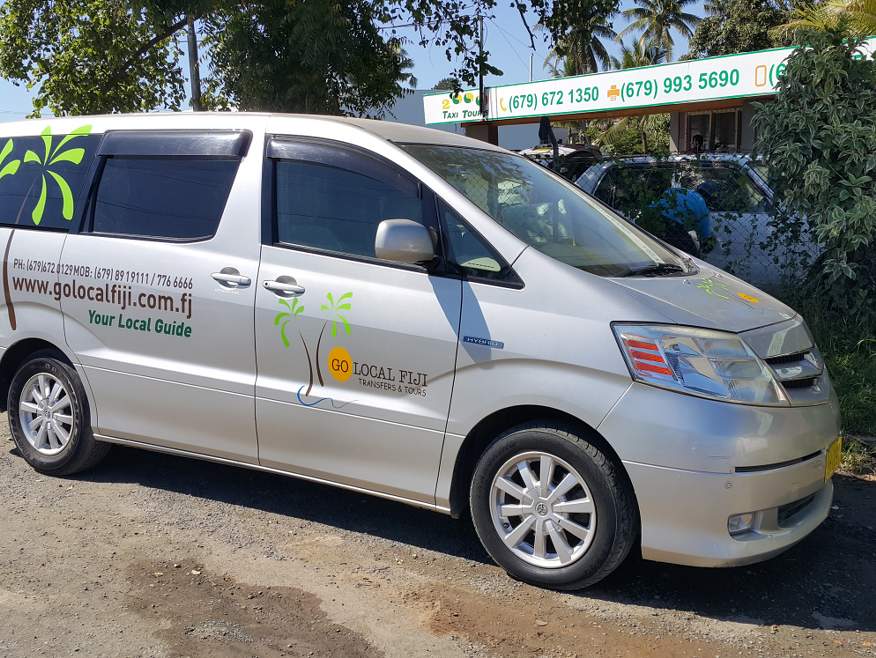
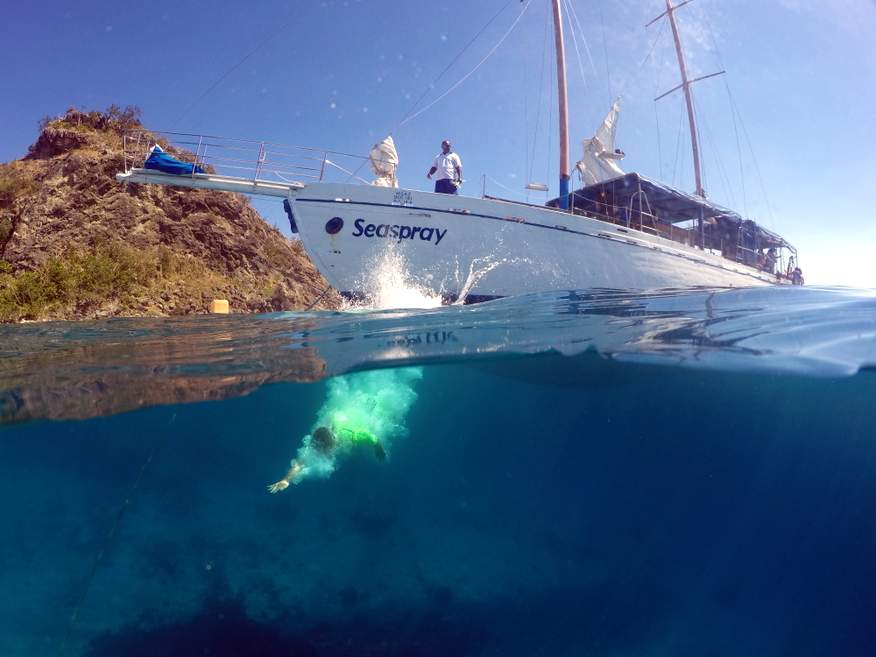

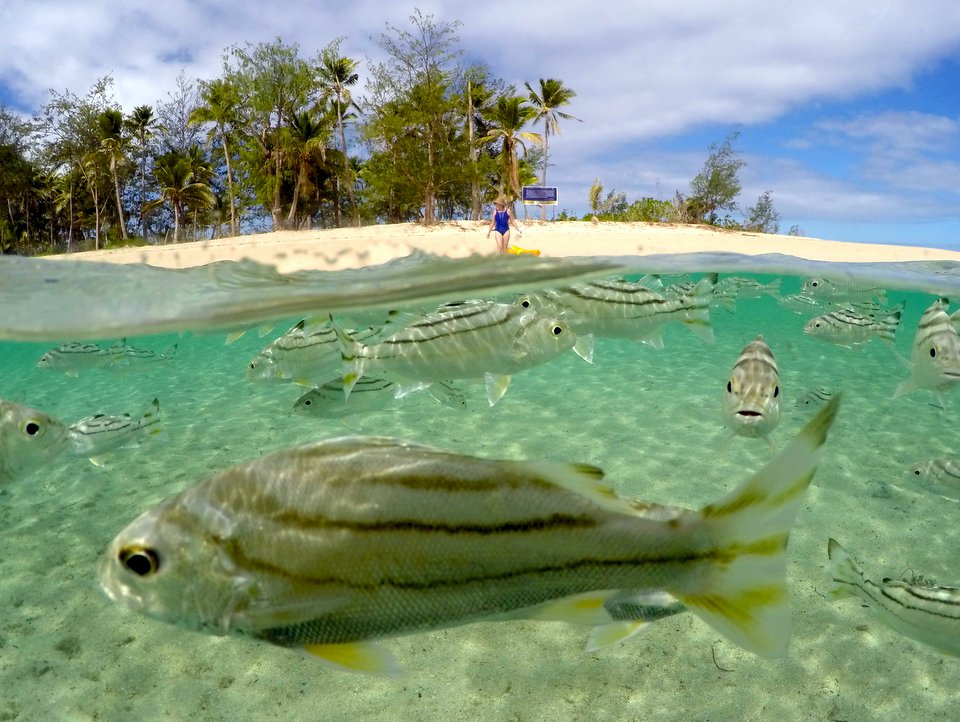
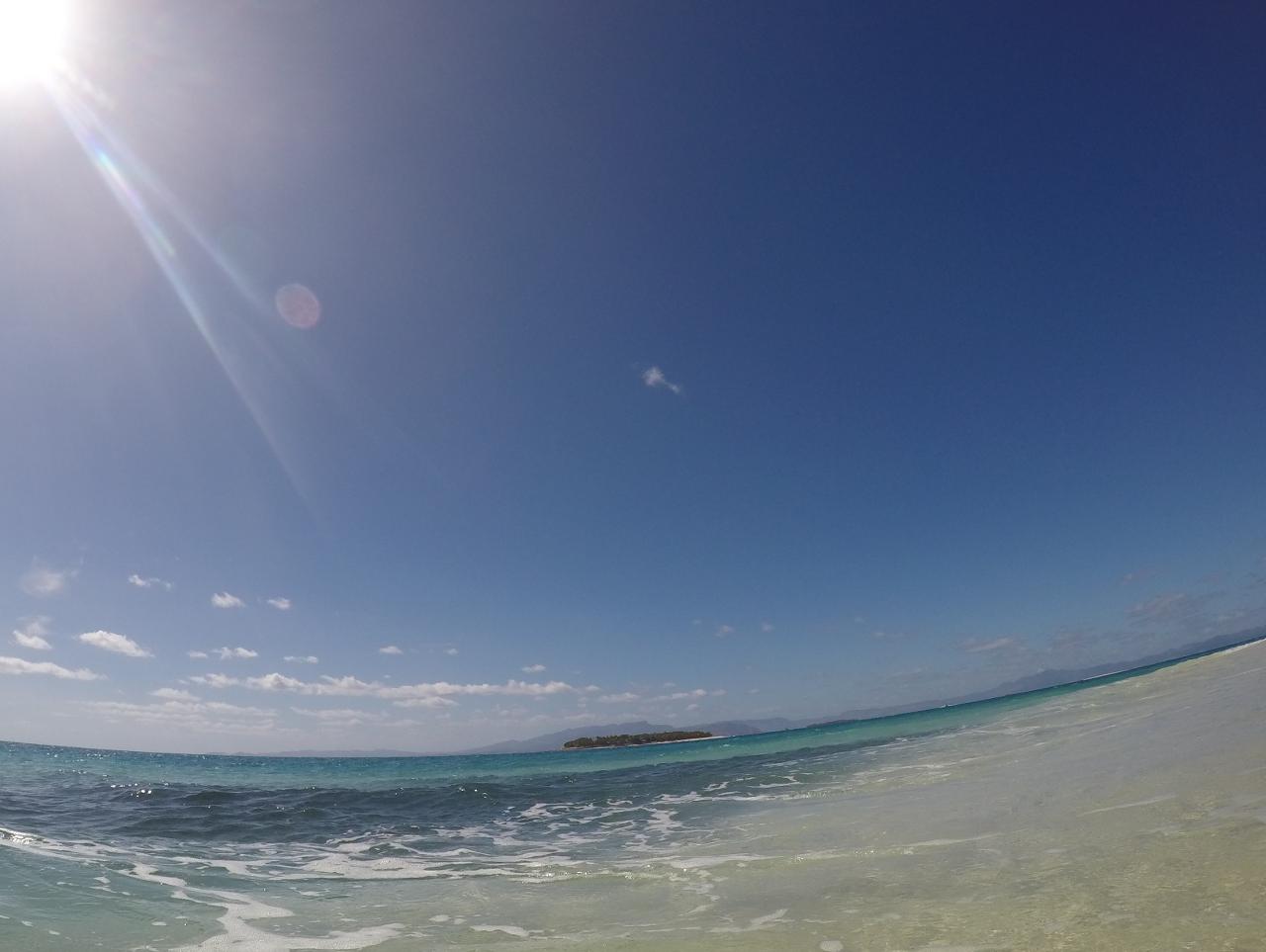

Comments
Got something to say about this page? Let us know what you think :-)